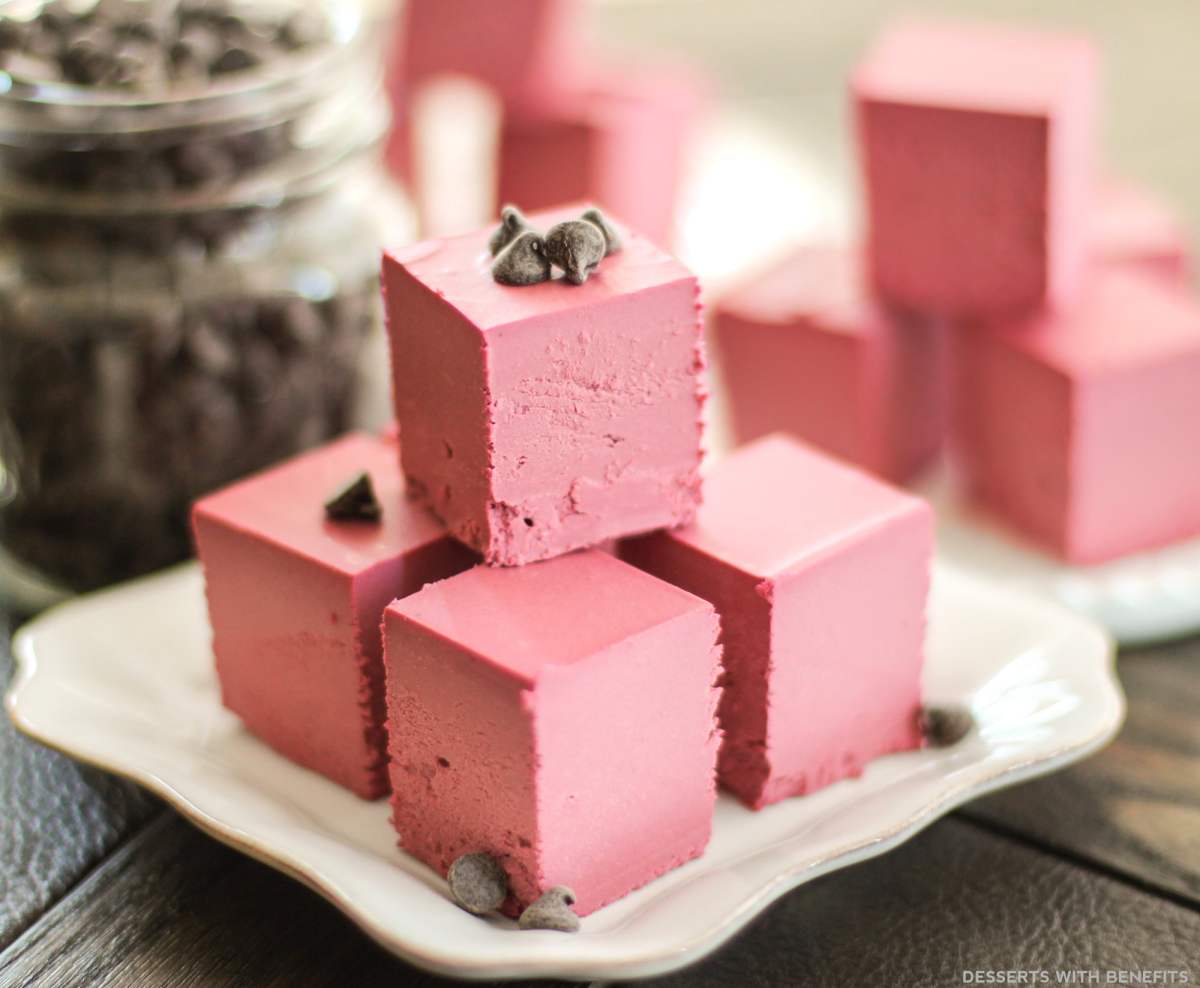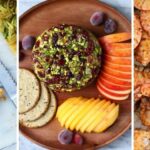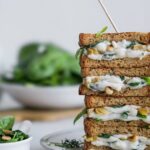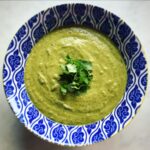Indulge in a decadent world of flavor without the dairy! This exploration delves into the delightful realm of sweet and creamy dairy-free dessert bars, unveiling three unique recipes bursting with vibrant flavor profiles. Imagine rich chocolate, fragrant coconut, and sun-kissed fruit, all transformed into irresistible treats that are both luxuriously smooth and surprisingly easy to make. We’ll uncover the secrets to achieving perfect textures using various dairy-free alternatives, from velvety coconut cream to nutty cashew butter, guiding you through each step of the baking process with detailed instructions and stunning visuals. Prepare to elevate your dessert game with these innovative and inclusive recipes.
From sourcing the finest ingredients to mastering the art of presentation, this guide empowers you to create dessert bars that are as visually stunning as they are delicious. Learn about ingredient substitutions, storage techniques, and creative serving suggestions, ensuring your dairy-free dessert bars are a resounding success, whether for a casual gathering or a sophisticated event. Get ready to impress your friends, family, and yourself with these unforgettable treats.
Step-by-Step Baking Process

This recipe details the creation of luscious, dairy-free chocolate peanut butter bars. The process is broken down into three phases: preparation, baking, and cooling, each crucial for achieving the perfect texture and rich flavor. Careful attention to each step will reward you with decadent bars that satisfy any sweet craving.
Preparation Phase: Assembling the Ingredients and Dry Mixture
The initial phase focuses on gathering and preparing all the ingredients, ensuring a smooth and efficient baking process. Accurate measurements are key to achieving the desired consistency and flavor profile. Begin by preheating your oven to 350°F (175°C), allowing it to reach the optimal temperature for even baking.
- Measuring and Combining Dry Ingredients: Imagine a pristine countertop, scattered with precisely measured ingredients. A large bowl holds 1 ½ cups of all-purpose flour, ½ cup unsweetened cocoa powder (for an intense chocolate flavor), ½ teaspoon of baking soda (for a light and airy texture), and ¼ teaspoon of salt (to enhance the other flavors). A whisk gently blends these dry ingredients, creating a cloud of dark brown powder, uniform in texture and color. A picture of this would show a beautiful, even brown mix with no visible clumps.
- Preparing the Wet Ingredients: In a separate bowl, a rich tapestry of wet ingredients unfolds. ½ cup of melted dairy-free butter (coconut oil works well), ½ cup of creamy peanut butter (smooth or crunchy, depending on preference), ¾ cup of granulated sugar, and 2 large eggs (or flax eggs for vegan option) are combined. The mixture, initially separated, gradually transforms into a smooth, glossy paste, the color of rich milk chocolate with flecks of peanut butter visible. A photograph would capture the creamy texture and glossy sheen of the mixture.
- Combining Wet and Dry Ingredients: Slowly incorporating the dry ingredients into the wet ingredients, a careful hand gently folds the two together, avoiding overmixing. The resulting batter is thick and fudgy, dark brown in color with visible peanut butter swirls. The texture is almost like a rich brownie batter, thick enough to hold its shape but still pourable. An image would reveal the moist, slightly textured batter, with visible pockets of air from the folding process.
Baking Phase: Transforming the Batter into Bars
This phase is critical for achieving the perfect bake. Even baking is crucial to prevent dryness or burning. Use a 9×13 inch baking pan, lined with parchment paper for easy removal.
- Pouring and Spreading the Batter: The thick, chocolatey batter is carefully poured into the prepared pan. A spatula gently spreads the batter evenly, creating a smooth, level surface. The image would depict the batter evenly distributed, creating an appealingly flat top.
- Baking Time and Temperature: The pan is placed in the preheated oven (350°F or 175°C) and baked for approximately 25-30 minutes. A toothpick inserted into the center should come out with moist crumbs, indicating doneness. Overbaking will result in dry bars, while underbaking will leave them gooey in the center. The image would show the bars baking, slightly puffed up, with a glistening surface.
Cooling Phase: Setting and Serving
The final phase ensures the bars set properly and are ready for slicing and serving. Patience is key here, allowing the bars to cool completely prevents crumbling.
- Cooling in the Pan: The pan is removed from the oven and allowed to cool completely in the pan on a wire rack. This allows even cooling and prevents cracking. The image would show the bars cooling in the pan, slightly sunken, and developing a matte finish.
- Cutting and Serving: Once completely cool, the bars are easily lifted from the pan using the parchment paper. A sharp knife cuts the bars into even squares. The image would showcase perfectly cut bars, showcasing the rich chocolate and peanut butter layers.
Creating exquisite dairy-free dessert bars is now within your reach. This journey has equipped you with three distinct recipes, a deep understanding of ingredient substitutions, and the confidence to perfect the baking process from start to finish. Remember the importance of high-quality ingredients and creative presentation; these details elevate your dessert bars from simple treats to unforgettable culinary experiences. So, gather your ingredients, embrace your creativity, and prepare to delight your taste buds with these incredibly satisfying and dairy-free delights.
Question Bank
Can I make these bars ahead of time?
Yes! These bars store well, making them perfect for preparing in advance. See the storage section for details.
Are these bars suitable for people with nut allergies?
Some recipes use nuts; check the ingredient list carefully and substitute as needed for nut-free alternatives (e.g., sunflower seed butter).
How can I adjust the sweetness level?
Adjust the amount of sweetener to your preference. Start with a slightly smaller amount and add more to taste.
What is the best way to prevent the bars from sticking to the pan?
Line your baking pan with parchment paper, leaving an overhang on the sides for easy removal.


